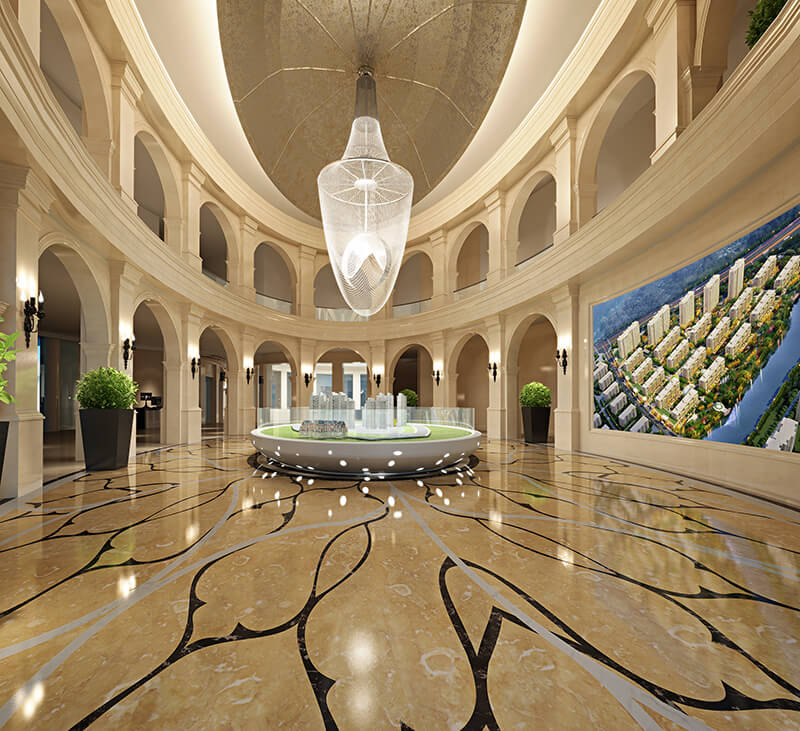What are the benefits of architectural rendering?
What are the benefits of architectural rendering?
There are three main advantages of using 3D architectural rendering software in construction projects:
- Propose design ideas more accurately
- Find problems early in the development phase to reduce costs
- Communicate design ideas with customers and partners

What is architectural rendering?
Architectural rendering is the process of creating 2D and 3D images of the proposed design.
The purpose is to illustrate a realistic experience, that is, how the space or building looks before it is built. Using rendering software can lead to more complex and eye-catching designs that can accurately express the design intent before any physical work on the project begins.
In the process of architectural rendering, one of the most important light sources is the sun.Since the sun is at a set position and the angle of illumination during the set time is certain, computer 3D software can provide a building rendering simulation function It can be anywhere on the earth to simulate the sun’s light conditions throughout the year.
In this way, architects can always grasp the lighting conditions of their own plans and the impact on surrounding buildings except the sun.
The computer can also be designed to introduce light sources of various colors. In addition, in architectural rendering, the setting of ambient atmosphere is very important for rendering. where to find a architectural rendering company
In addition, in architectural rendering, the setting of ambient atmosphere is very important for rendering. where to find a architectural rendering companyThis is not only a foil to the scale of the main building, but also a powerful reflection of the design effect on the function and shape of the building.
Setting the scenery with a computer is not only arbitrary. , And convenient and fast. The computer can take advantage of its own large storage capacity.
The production of architectural renderings has always been one of the most important components in the industry.
The expressiveness of architectural aesthetics is inseparable from the expressiveness of architectural renderings.
At present, the expressiveness of rendering effects has evolved from a single plane display to an all-round, multimedia virtual reality display.


 In addition, in architectural rendering, the setting of ambient atmosphere is very important for rendering.
In addition, in architectural rendering, the setting of ambient atmosphere is very important for rendering.